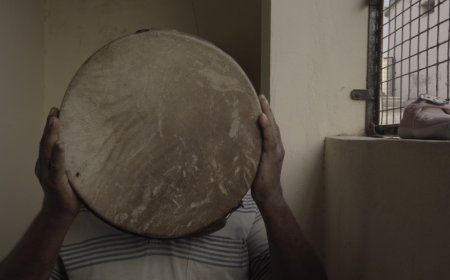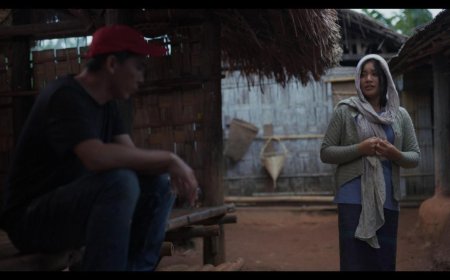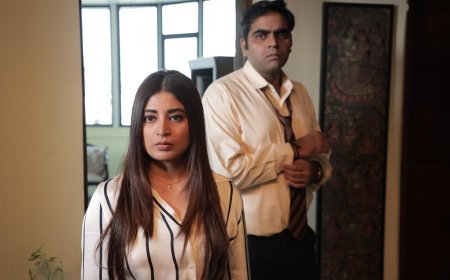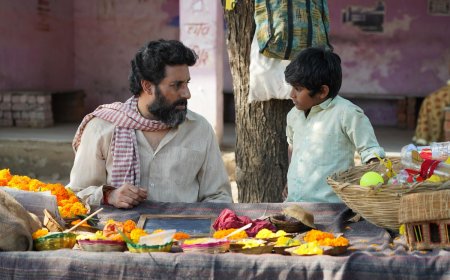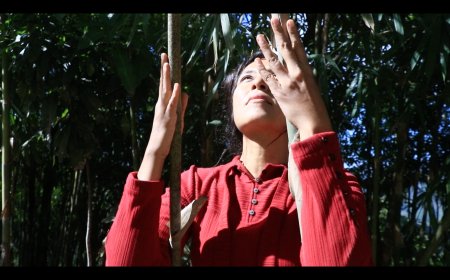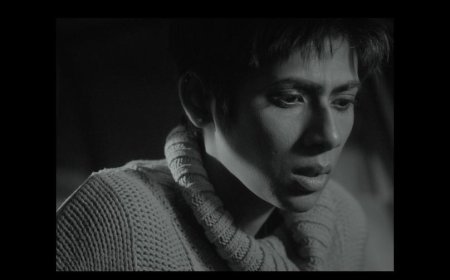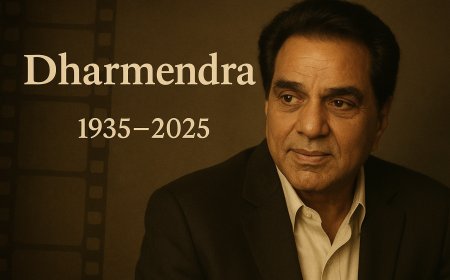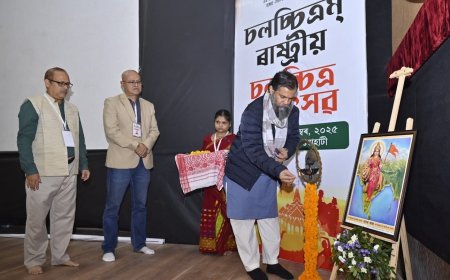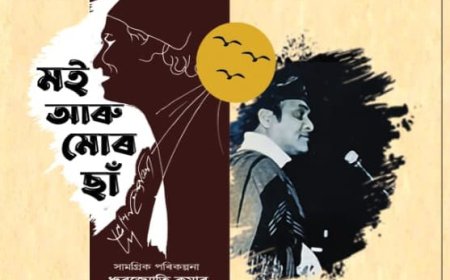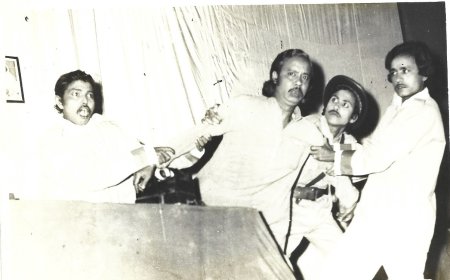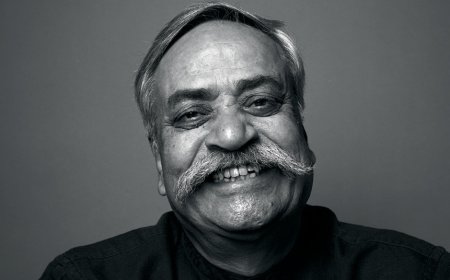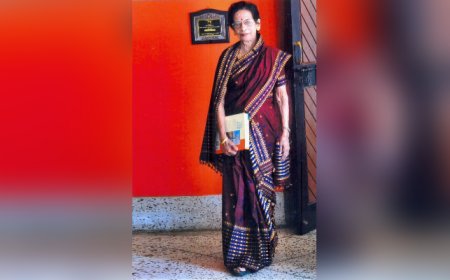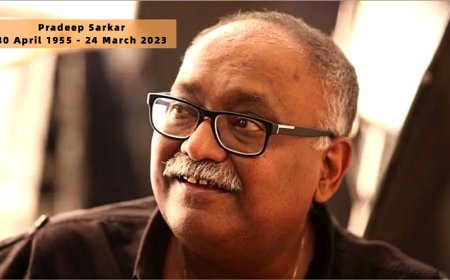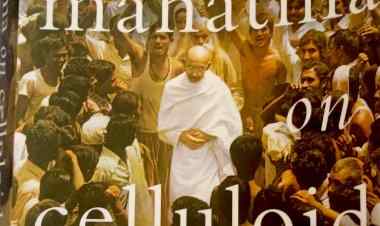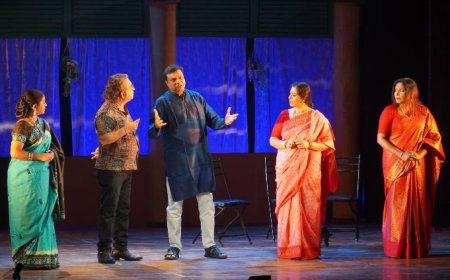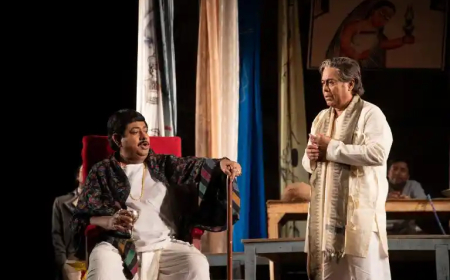AAPISH : A CINEMATIC STATEMENT ON WOMEN AT WORK
Veteran film scholar Shoma A. Chatterji describes "AAPISH" as a powerful cinematic statement on the experiences of women at work.

Women have been a part of the workforce in every society. Since primitive times, the nature of jobs they have held from time to time have been female oriented. Also, these jobs have been less paying than those held by men. Studies across the world through time have revealed that female-oriented jobs are less paying. Till the 1990s, the percentage of women opting for male-dominated jobs was meager. In primitive, subsistence and agricultural economies, women have been working on the farm gathering wood, carrying head loads, rearing sheep and cattle, weaving, stitching and engaging in midwifery. With industrialization, there was a shift in labour, and it culminated in the migration of men and women in primary and secondary occupations from rural to urban areas and their absorption into the tertiary sector with some skill and some education. This led to an increase in their exposure to a distinct bifurcation of occupations for ‘men’ and occupations for ‘women’. Interestingly, the socio-economic status of the working woman is largely determined by the kind of job she holds rather than by her being a woman and even lesser by the fact that she actually holds a job and is capable of economic self-reliance.
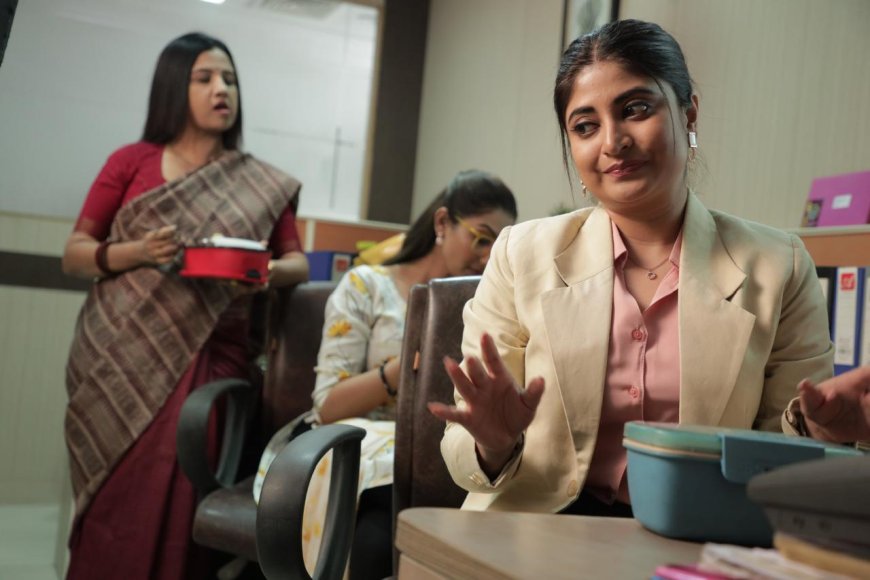
Sudeshna Roy and Abhijit Guha have brought this out lucidly and with a lot of acidic touch in their latest Bengali film Aapish, adapted from a short story by the noted Bengali writer Bani Basu in 2010, Aapish is the slightly distorted Bengali version of the English term “office” generally used by commoners who are not conversant in English but like to use some terms in their own colloquial way.
The film narrates the parallel stories of two working women belonging to two completely different socio-economic and ethnic backgrounds with a single thread running between them – the thread that both of them are working women. While Joyeeta (Sandipta Sen) works in a corporate firm in a high post and lives with her high-flying husband and small son, Hashi (Sudipta Chakraborty) works as a fulltime cook-cum-baby-sitter-cum-maid in Joyeeta’s family. Hashi works in a couple of other homes also while her husband pulls a rickshaw for a living. They live in a downtrodden slum with their two small boys. Money is constant problem with them while Hashi is burdened under heavy loads of housework, cooking in addition to working in upper middle-class homes as a maid.
Joyita and her husband live in a new flat they have moved in recently while her mother-in-law, a fiercely independent woman, is content living in an old-age home away from her son’s family.
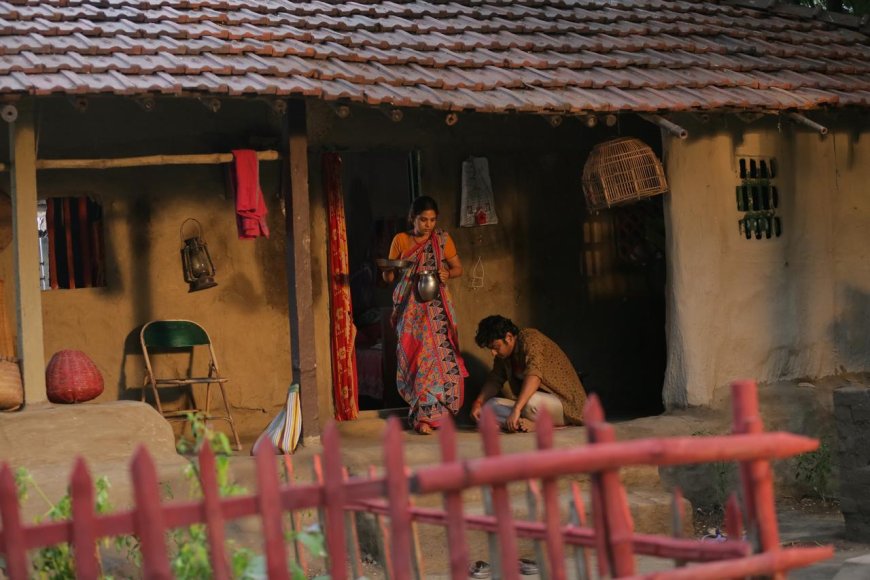
With an increase in employment, women cease to remain objects of social change because they become agents of social change. They do not remain confined to being consumers of economic goods and services but extend their role to become producers of economic goods and services in exchange. They participate in social and economic production and also reproduce labour for the next generation. In this sense, they are both labour and reproducers of labour. But the larger society in general and the husband and other male relatives in particular, fail to recognize this double-burden of labour their wives are reeling under. The wives do realise this but are helplessly sandwiched in this strange, patriarchal double-bind.
The directors’ close eye to detailing enriches the film and the narrative it unspools. The interiors of the two dwelling places of Joyita and Hashi are so finely detailed that it leaves nothing to the imagination of the audience. Hashi always wears cotton, printed saris while the sophisticated Joyita is always clothed in Western wear. She very diplomatically skirts the advances her boss makes at her, a pointer to women, never mind the class they belong to, are not exempt from sexual suggestions made at work. She peppers her conversations with her husband with a lot of English but Hashi always talks in Bangla.
Hashi has a contented married life so long as they remain poor. But once they inherit the land her father-in-law gifted them with and built their own small flat, the husband, who has switched over to trading in vegetables, begins to drink and gamble and spoils the contentment for Hashi.
Hashi is forced to quit Joyita’s job as they have shifted far away to Sonarpur and the distance is too much for her to cover everyday. The segments where Hashi takes good care of her very sick father-in-law strike a deep emotional chord. The two boys playing with the plastic bedpan bought for their grand-dad not knowing what it is for, is honest and touching. The playful scenes between Joyita’s little boy and his father are quite realistic while one does see the time-bound dedication of Hashi to her work though she tends to be late every other day and leaves before time.
Subhas Saha’s art direction brings out the radical contrast in the living ambience, lifestyle and livelihood in the environment the two women live in, with Hashi’s family pressurized by the threat of eviction when the slum they live in has a new owner who has served them with an eviction notice. This contrast also brings across the contrasting socio-economic conditions people live in the Kolkata of today where multi-storied, gated complexes rub shoulders with downtrodden slums where a single family is pushed to live in a single room that strips the members of both space and freedom.
Sudipta Chakraborty runs away with the cherry and the cake with a sterling performance strongly backed by the others like Sandipta Sen, Kinjal Nanda as her husband who suggests she give up her job when Hashi leaves as if he has the power to dictate terms is subtle but strong. Tathagata Chowdhury as Hashi’s fickle husband is also quite good. The supporting cast throws up precisely ‘supporting’ performances that never tend to cross boundaries. Koustabh Mukherjee’s cinematography and Sujoy Dutta Ray’s editing are smooth and precise. The low-key music by Ranajoy Bhattacharjee also fits neatly into the ambience the film creates. Samrat Roy’s sound design is low-key and effective. Last but never the least, one needs to tip one’s hat to producer Pradip Churiwal for backing a project which is mainstream but has a strong, social agenda and statement.

***
What's Your Reaction?







